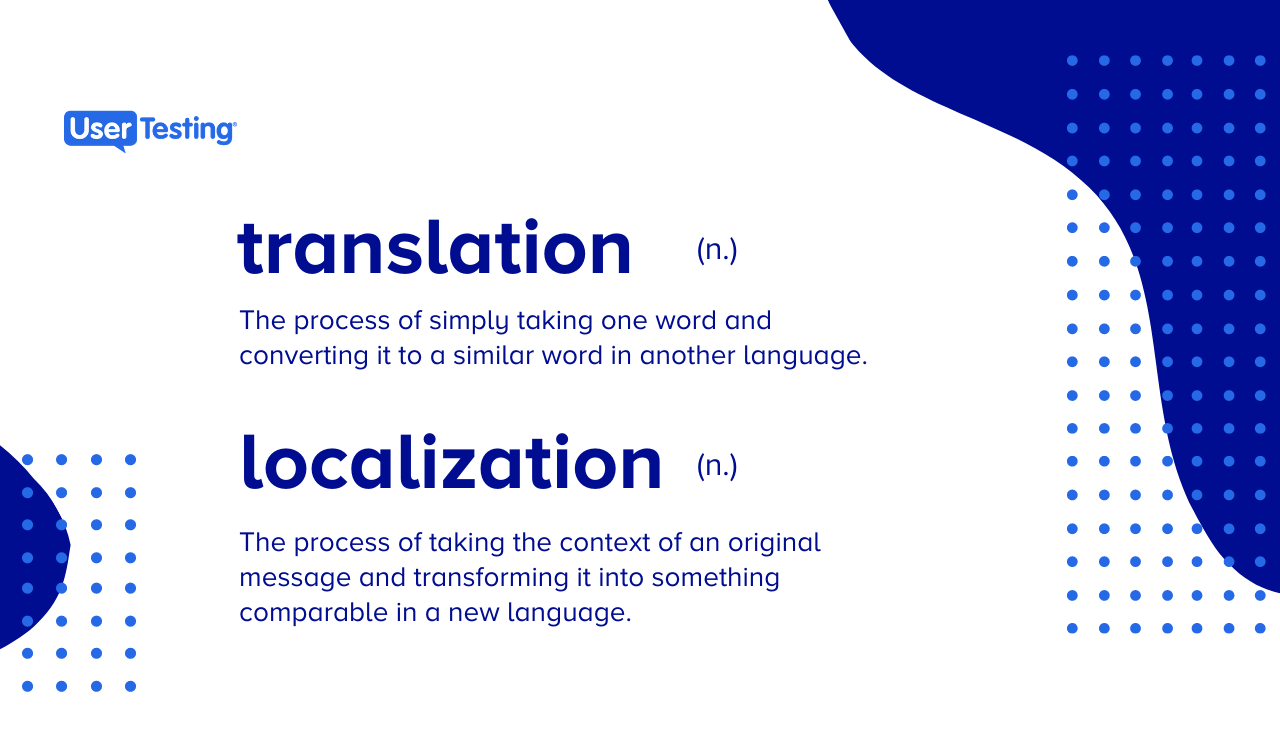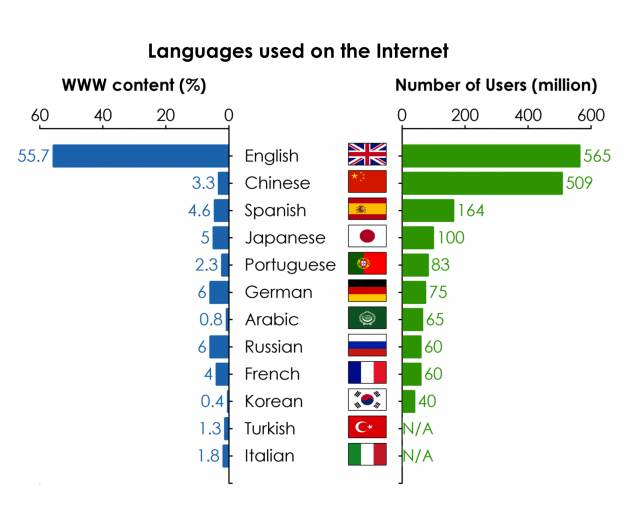Don’t let good CX get lost in translation: 3 tips on localization

Localization is the process of taking the context of an original message and transforming it into something comparable in a new language.
If you’ve ever watched your favorite movie dubbed in another language, you know how tricky (and sometimes hilarious) translations can be. And while it can be merely a source of entertainment (or a mild annoyance) when you’re watching a movie, it can be disastrous for customer experience (CX).
And not surprisingly, customer experience has become so important that more than 80% of consumers are willing to pay more for a great one, according to research by Capgemini. The challenge then, is: how do companies with great CX expand into global markets where prospective customers won’t speak their native language?
Unfortunately, it’s not as simple as translating your website and collateral to the desired local language. That would be too easy. And language is complex. From vastly different cultures, values, idioms, and senses of humor, truly building content and messaging fit for a new market requires going further than translation. The process required is localization.
What is localization?
In order to define localization, it’s important to understand how it’s different from translation. The two terms often get confused, but they’re definitely different.

Translation is simply taking one word and converting it to a similar word in another language. Localization, however, goes one step further to take the intent of a word and its meaning in the context of an overall message and then translate it to appropriately capture the essence of the original content. In other words, localization takes the context of the original message and transforms it into something comparable in the new language. Everything from cultural norms, regional sayings, and even religious traditions are taken into consideration when localizing content.
Tips for your localization strategy
Using an automated translator or outsourcing low-cost translation services may be a quick solution. But direct translations aren’t always enough to ensure your message hits the mark with global audiences. This is why localization should be a key piece of your CX strategy if you have customers whose native language is not the same as your own. (And chances are you do, even if globalization isn’t your top priority at the moment.)

Via Unbabel
While the top language used on the internet remains English (for now), the number of users living in non-English-speaking countries far surpass those where English is the native tongue.
If you haven’t already, it’s time to get serious about improving your CX through localization.
Here are three tips for getting started when localizing your own content:
1. Great localization begins with great writing
Bad copy is bad copy, no matter how well it’s translated. If your site or app (or even brick-and-mortar signage) isn’t written clearly and with your customer in mind, it’ll only get worse when you try translating your copy to different languages.
Before you even think about how to translate your copy for other languages, make sure you’ve got it right for your native tongue. Run user studies on your copy to ensure users not only understand what you’re writing but get the underlying message and tone, too. Once you’ve got that nailed down you can start thinking about localization.
2. Context is important
One of the biggest benefits localization has over a simple translation is the consideration of context. Localization digs deeper into a message to uncover its intent, then creates a translation with that context in mind.
For example, you might use the word ‘field’ in your form’s microcopy to denote a section that needs to be completed. But a translator may interpret that to refer to your area of expertise, or even a literal field out in nature.
If you use the word ‘field’ to describe a section of a form that needs to be filled out, how would that translate in other languages without proper context? Make sure you’re providing the appropriate context so that whoever is helping with localization knows exactly how you mean to use that word or phrase.
3. Localize accessibility, too
Just like written and verbal language differs between regions and cultures, the language we use to communicate with those with disabilities varies too. As you’re localizing your site, be sure to apply the same considerations to the accessibility of your site. Everything from font styles and sizes to alt text and image choice can impact the experience your customers with disabilities may have with you.
How to test if your intended message will be understood
The biggest challenge with localization is making sure you’ve got it right. You don’t just need someone to understand what’s been translated, you need to make sure that the translated message mirrors the original.
Fortunately, remote usability studies can answer this for you quickly and easily. Conduct a study with bi-lingual users in each of the languages you’re localizing. Start by having them review a page on the newly-localized site and speak their thoughts out loud in your native language.
Then have them review the original content. Ask them what worked and what didn’t. Be sure to ask about any cultural references or cues you may have missed. If time permits, Live Conversation interviews may be useful so you can ask follow-up questions in real-time. Use all of this feedback to revise your content until customers all over the world are getting the same message.
Craft a universal customer experience
While there’s no universal language, the desire for a great experience is universal. No matter where your customers live, no matter what language they speak, they all want and deserve to be treated with the same level of care and respect you give to the folks in your home country.
Keep these tips in mind as you localize your experiences and your customers will always feel right at home.
Insights that drive innovation
Get our best human insight resources delivered right to your inbox every month. As a bonus, we'll send you our latest industry report: When business is human, insights drive innovation.






